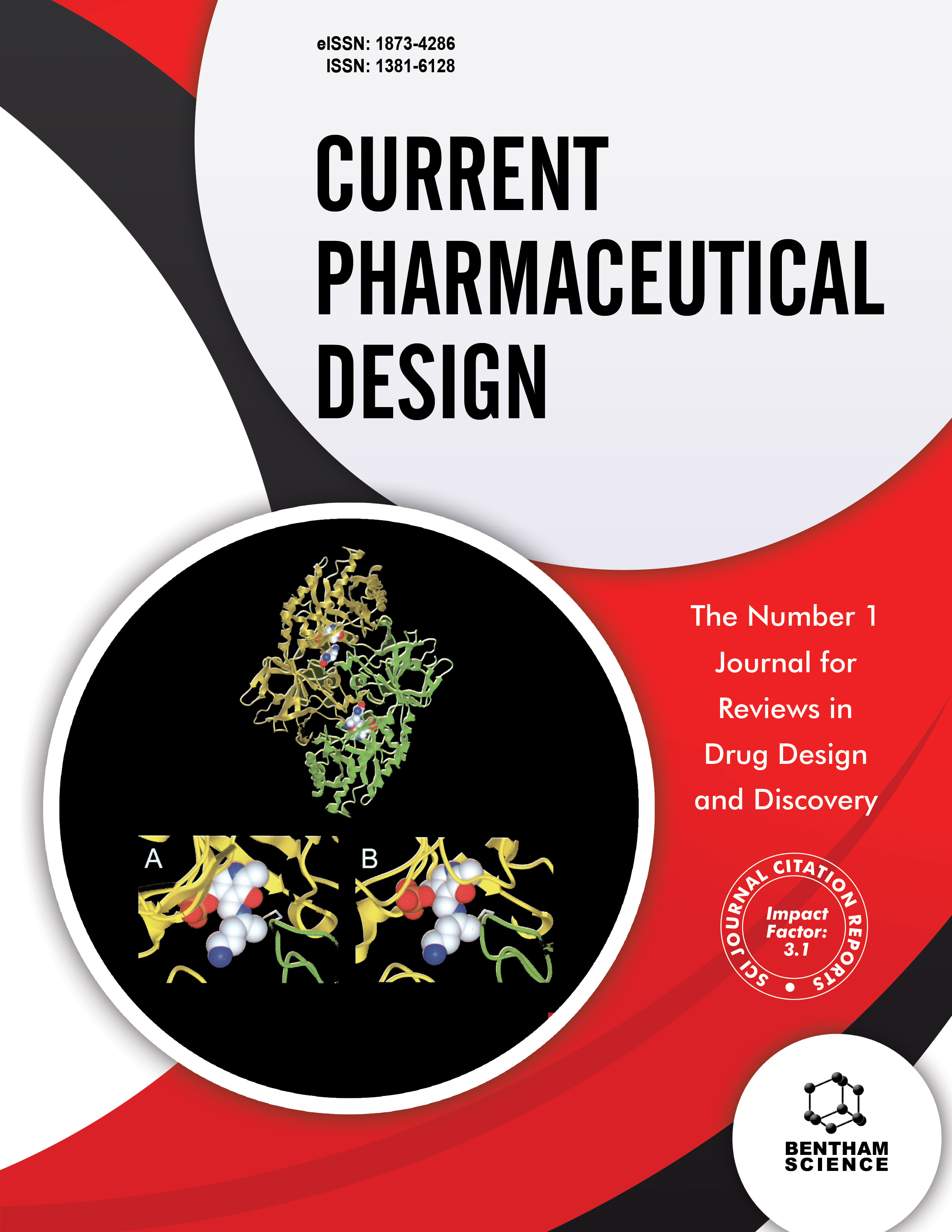
Full text loading...
We use cookies to track usage and preferences.I Understand
Breast cancer stands on the second position in the world in being common and women happen to have it with high rate of about five-folds around the world. The causes of occurrence can matter with different humans be it external factors or the internal genetic ones. Breast cancer is primarily driven by mutations in the BRCA1 and BRCA2 susceptibility genes. These BC susceptibility genes encode proteins critical for DNA homologous recombination repair (HRR). Poly (ADP ribose) polymerases (PARP) are the essential enzymes involved in the repairing of the damaged DNA. So the inhibition of these inhibitors can be considered as the promising strategy for targeting cancers with defective damage in the deoxyribonucleic acid. Olaparib and talazoparib are PARP inhibitors (PARPi) are being employed for the monotherapies in case of the deleterious germline HER2-negative and BRCA-mutated breast cancer. The potency of PARP for trapping on DNA and causes cytotoxicity may have difference in the safety and efficacy with the PARPi. The PARPi have been found its place in the all different types of breast cancers and have shown potential benefits. The purpose of this review is to provide an update on the oral poly (ADP-ribose) polymerase (PARP) inhibitors for the improvement in the treatment and management of breast cancer.

Article metrics loading...

Full text loading...
References


Data & Media loading...

